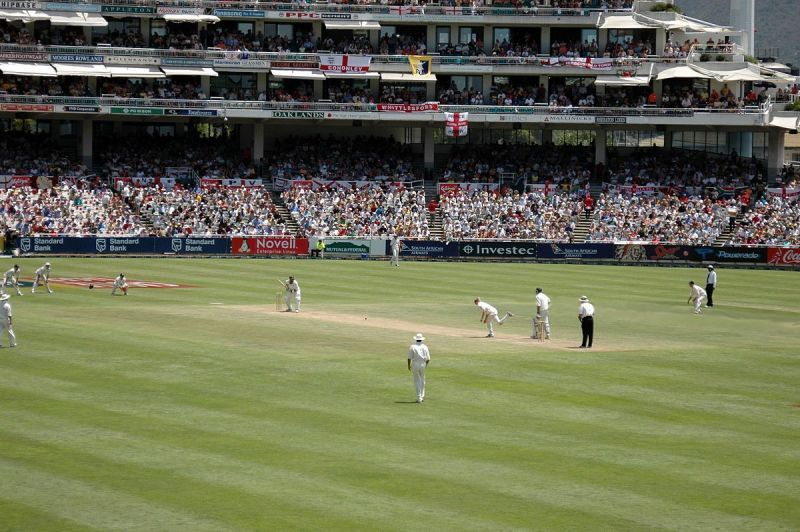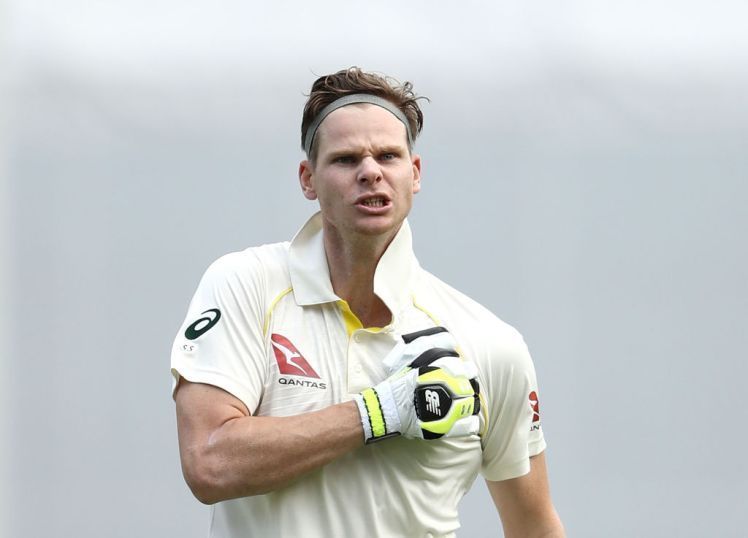
5 reasons why four-day Test cricket will not work

Test cricket is undoubtedly the ultimate format of the game. Every format has its own importance but players and various boards across the world have stated that Test cricket is paramount.
Test cricket has seen a lot of changes since its inception in 1877. There were a few timeless Tests played between 1912 and 1939. Then, a ‘rest’ day (usually a Sunday) was added – which gave players a break in between Test matches.
Also Read: Pros and Cons of the Four Day Test Matches
In 2005, the International Cricket Council (ICC) also trialled a six-day Test between the then top ranked Australia and World XI (comprised of the best players from around the world). This Test finished in three and a half days and the experiment failed miserably.
Of late, a lot has been spoken about the ‘health’ of Test cricket, that is, the crowd turnout for cricket’s purest format, people’s interest and the viewership. Hence, a lot of new things are being experimented in recent times. For example, the day-night Tests played with the pink ball. It is a step taken to draw crowds to the ground to watch Test match cricket.
And now four-day Tests have entered the equation. South Africa are set to host Zimbabwe for one such encounter from December 26 at St George's Park in Port Elizabeth. It is effectively a step into the unknown.
Some boards like ECB (England and Wales Cricket Board) and CSA (Cricket South Africa) have been supportive of this format. However, a lot of current and former players have voiced their opinion against this.
Let us take a look at five reasons why Test cricket has to stick with the five-day format.
#5 The grind

The grind in Test cricket is at a different level when compared to a T20 or an ODI. The pitch plays a big part and as a player, you play on different tracks with different conditions on offer.
In Test cricket in tough/tricky conditions, every batsman needs to grind it out. Rarely do you have easy runs on offer. Take the example of the first two Ashes Tests. In a tough situation, Steve Smith battled hard in the first Test to score an unbeaten 141 to help Australia gain advantage in the first innings. Shaun Marsh played a similar gritty innings (126*) to help the Aussies post a big first innings total. Or consider Cheteshwar Pujara who just grinds it out in every single game and looks rock solid.
When a four-day Test comes in, we might not witness these gritty knocks. We may not be able to see players score double tons (which has already reduced when compared earlier) due to the risks batsmen might take in a bid to increase the scoring rate. Thus, suddenly strike-rates of batsmen will become more important which is not too relevant for Test cricket.
Similarly, for bowlers (pacers or spinner), they go through a spell where they beat the bat on multiple occasions and bowl beautifully but aren’t able to take wickets. They would start getting impatient sooner than they usually do. They would start trying too much in order to get faster results.
Yes, the game to move quickly but the challenge might go down in terms of the grind and grit.